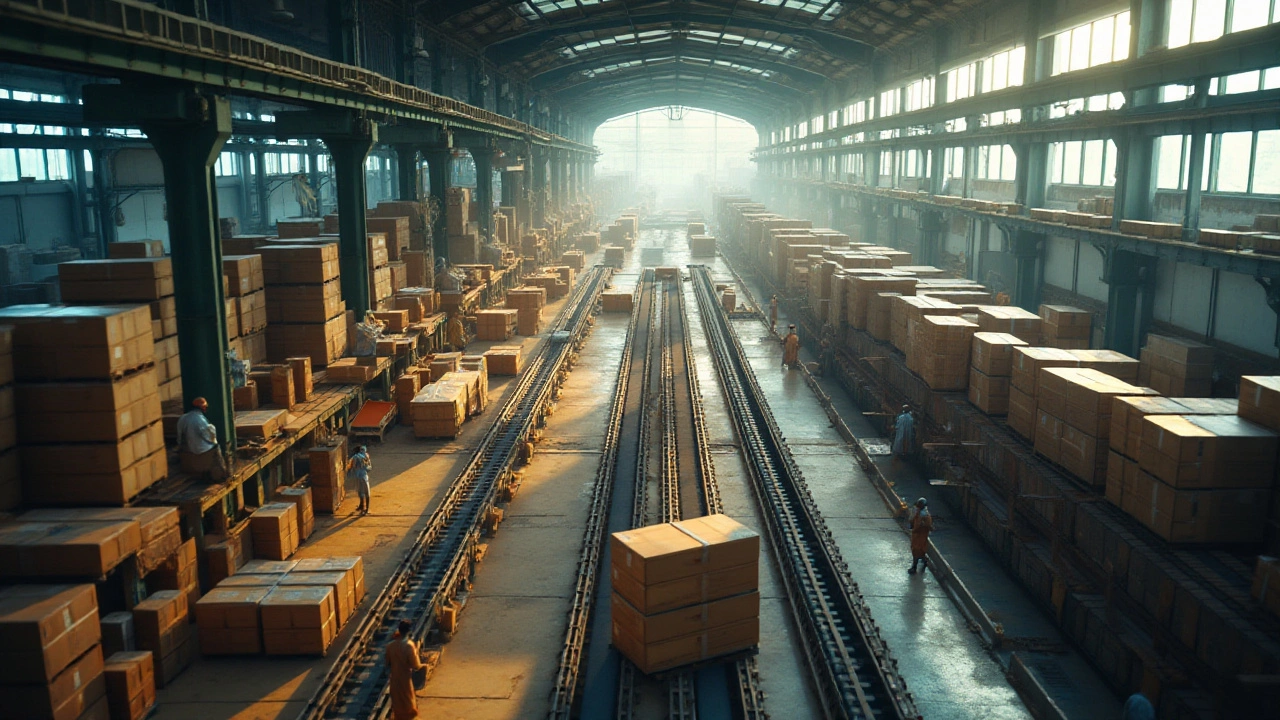Next‑Gen Supply Chain: How Modern Logistics Is Changing the Game
If you’re still planning shipments the old way, you’re probably losing time and money. The next‑gen supply chain swaps paper‑punches for data‑driven moves, and the results are hard to ignore. From real‑time tracking to AI‑powered routing, today’s tools let you see every package, predict delays, and cut costs before a problem even shows up.
What Makes a Supply Chain “Next‑Gen”?
A next‑gen supply chain isn’t just a buzzword; it’s a blend of three core upgrades. First, digital visibility puts every pallet, bike, or box on a live map that you can check from any device. Second, automation handles repetitive tasks like sorting, labeling, and even booking trucks, freeing up people for the decisions that need a human touch. Third, data analytics turn raw numbers into actionable insights—think demand forecasting that tells you when to stock up before a sales surge.
Combine those three, and you get a flow that adjusts on the fly. A sudden traffic jam? The system reroutes the driver instantly. A sudden spike in orders? The AI flags the need for extra space at the warehouse. It’s like having a smart assistant that never sleeps.
Practical Steps to Upgrade Your Logistics
You don’t have to overhaul everything overnight. Start with the low‑hanging fruit:
- Adopt a basic tracking platform. Even a free tier of a reputable TMS (Transport Management System) gives you real‑time updates and reduces phone tag.
- Use barcode or QR code labels. Scanning speeds up loading, reduces errors, and creates an instant audit trail for each item.
- Integrate your order software with your carrier. When your e‑commerce system talks directly to the courier, you cut manual entry and avoid mismatched addresses.
- Set up simple alerts. A text or email when a delivery is delayed by more than an hour lets you act quickly, keeping customers in the loop.
Once those basics are running, layer on smarter tools. AI routing platforms can suggest the cheapest, fastest path based on traffic, fuel prices, and driver availability. Cloud‑based WMS (Warehouse Management Systems) let you manage stock from anywhere, and they often come with built‑in analytics to spot slow‑moving items.
Don’t forget the people side. Train drivers and warehouse staff on the new tech, but keep the guidance simple—focus on one new feature at a time. Celebrate quick wins, like a 5% drop in missed deliveries, to keep the team motivated.
Finally, measure what matters. Track metrics such as on‑time delivery rate, average cost per mile, and order‑to‑delivery time. Compare before and after numbers, and use the data to fine‑tune the system.
In short, a next‑gen supply chain blends visibility, automation, and analytics into a single, adaptable flow. Start small, add smart tools, keep an eye on results, and you’ll see faster deliveries, lower costs, and happier customers without needing a massive budget.
